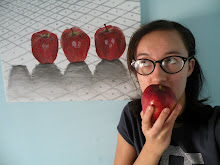I usually do look outside windows. Even on subway rides, when usually the most interesting thing to look at is the scratchings on the walls and the graffiti on the advertisements. Well, I don't know. Manhattan subway rides usually do give some form of entertainment. Musicians, schizo people.....
Actually, there's so much art in the subway stations. Its almost like visiting different galleries while underground; that is, if you change up your route sometimes.
Some of them move like animations when the train rides past the stations, and some are so huge, they look like installations. There are the really old mosaics, from the 1800s, and the shiny, coppery new ones.
Here's a good site to get lost underground in:

ooh pretty.




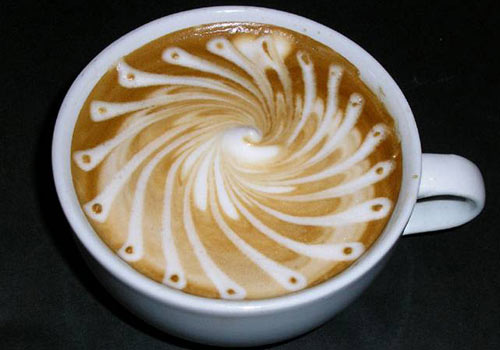


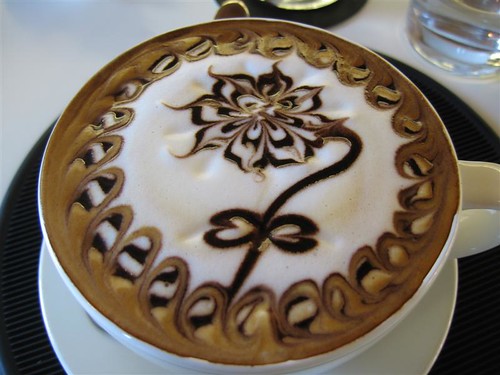


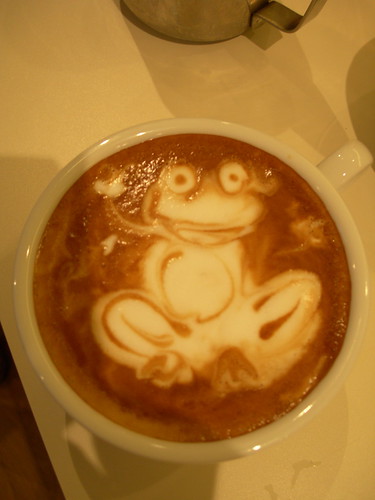




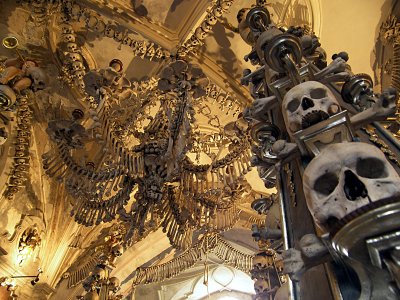


 I wonder if we can bring this pattern back as well. Actually, two years ago, I bought a sweatshirt from Buffalo with a blue chintzy pattern. Its rather tight and it makes my upper body look like its made from porcelain. So maybe its not that new. But what if we make neon Tour de Joye skirts? Or neon chintz flower headbands? Or...... is this post slightly inappropriate for its kitsch-y nature?
I wonder if we can bring this pattern back as well. Actually, two years ago, I bought a sweatshirt from Buffalo with a blue chintzy pattern. Its rather tight and it makes my upper body look like its made from porcelain. So maybe its not that new. But what if we make neon Tour de Joye skirts? Or neon chintz flower headbands? Or...... is this post slightly inappropriate for its kitsch-y nature?
